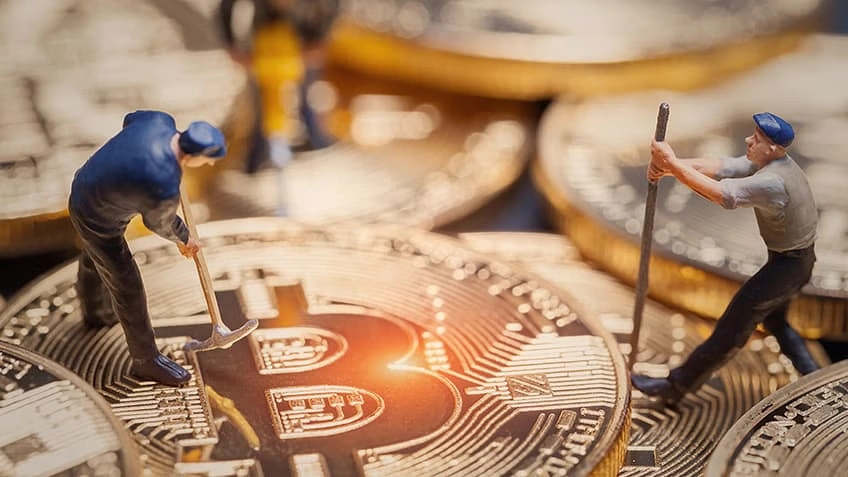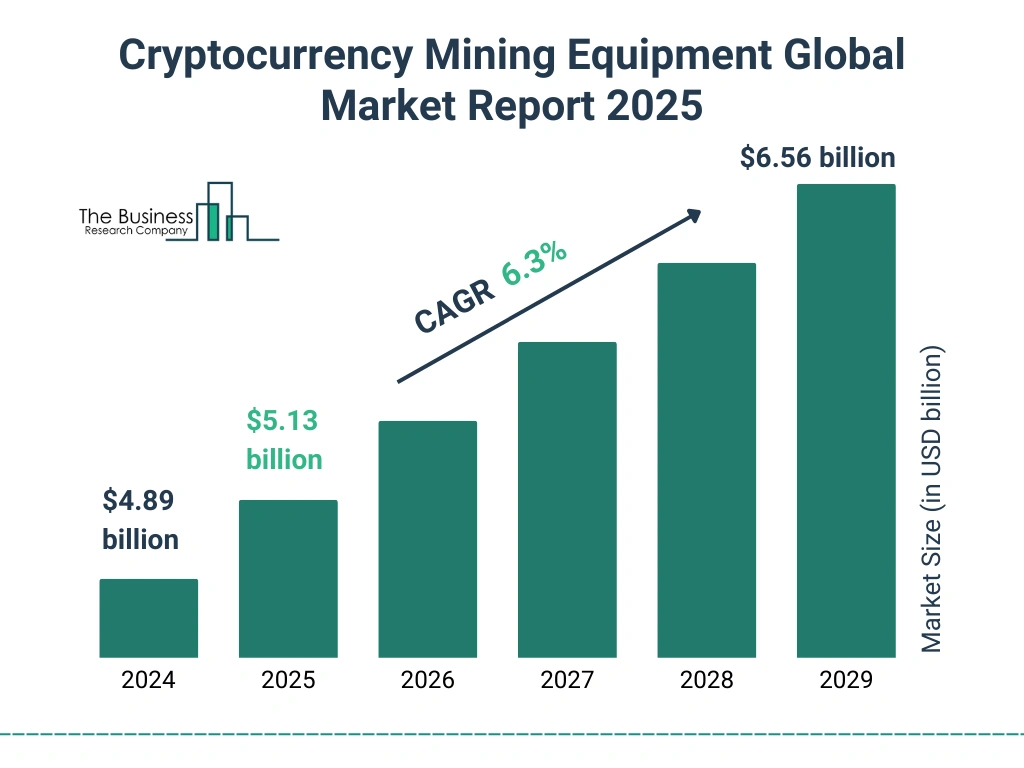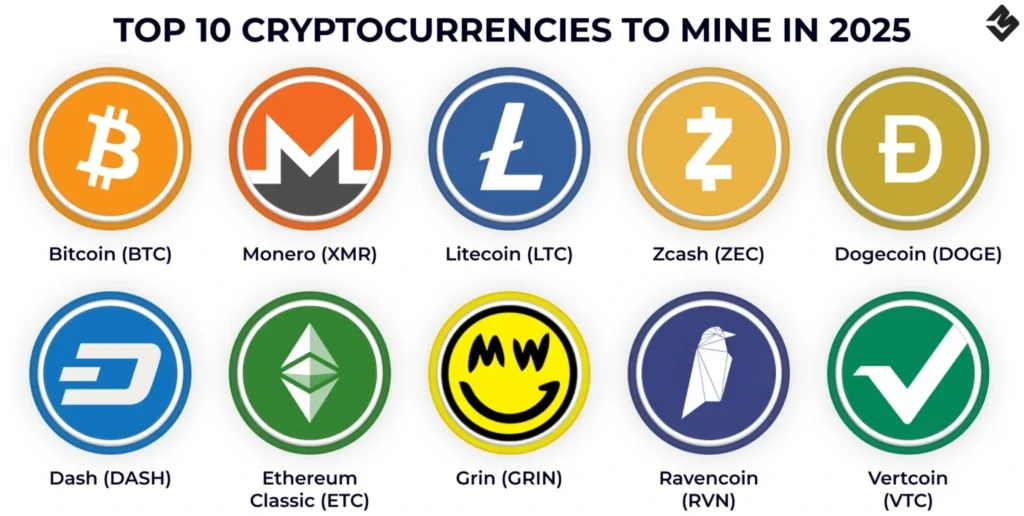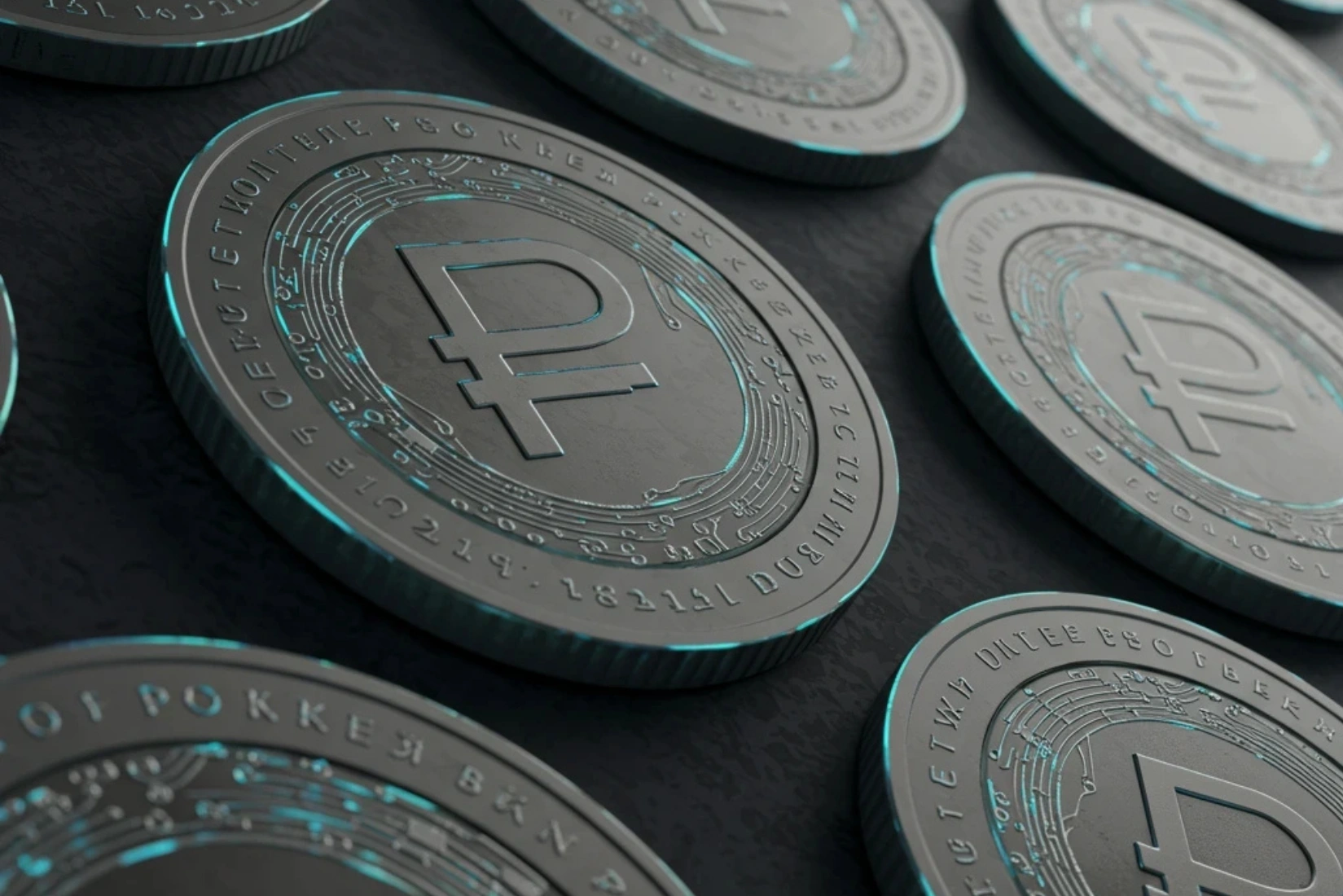Crypto mining often sounds like something only tech wizards or finance professionals would understand. But the truth is, the basics of mining are much more approachable than many assume—especially with the resources and tools available today. Whether you’re intrigued by headlines about Bitcoin or just curious about the mechanics behind cryptocurrency, mining offers a hands-on way to explore the digital economy. And yes, even complete beginners can join the game.
In simple terms, crypto mining is the process of confirming and securing transactions on a blockchain network. It’s a foundational part of how cryptocurrencies like Bitcoin or Ethereum operate. By verifying blocks of data, miners help maintain the decentralized nature of the system, and as a reward, they earn cryptocurrency. The process relies on computing power, and while large-scale industrial miners dominate the headlines, there’s still room for everyday users to participate—on their own terms.
Understanding the Basics: How Does Crypto Mining Work?

Credit from Simplilearn.com
Imagine the blockchain as a huge, public ledger. Every time someone sends or receives cryptocurrency, that transaction needs to be verified and recorded. This is where mining comes in. Computers—known as miners—compete to solve mathematical puzzles. The first one to succeed gets to add the next “block” of transactions to the chain and is rewarded with coins.
This isn’t just about high-level math. The software does the calculations, not you. What matters is the computing power behind it. That’s why mining rigs and specialized hardware play such a big role.
But mining isn’t only for tech-savvy engineers with racks of servers. Thanks to evolving tools, simplified platforms, and community-driven learning, the barrier to entry has lowered significantly. You can even try mining Bitcoin at home or test altcoin mining on your everyday laptop—just don’t expect huge profits overnight.
Can Beginners Really Start Crypto Mining in 2025?
Yes, and perhaps now more than ever. While profitability fluctuates with market trends, mining remains a valuable educational experience and a potential source of digital income. In fact, a growing number of newcomers are exploring crypto mining for beginners not to “strike it rich,” but to understand the systems behind the blockchain revolution.
The key is to start small. Rather than diving into expensive equipment right away, many beginners explore how to mine crypto using a PC or laptop, or even opt for cloud mining to get a feel for the process without investing in hardware.
There’s a misconception that mining is no longer accessible, but that’s not the full story. The game has changed, yes, but it hasn’t locked out curious learners.
Getting Started: What You’ll Need to Start Mining Cryptocurrency

Credit from CoinLaw
Starting your mining journey requires a few basic components, though most of them are easier to acquire or set up than you might expect. At the heart of any mining effort is the hardware. Some miners use powerful GPUs or purpose-built machines called ASICs, while others stick with entry-level setups just to learn the ropes.
You’ll also need mining software, which acts as the middleman between your device and the blockchain. Tools like NiceHash, EasyMiner, or Kryptex offer interfaces tailored for beginners, often requiring just a few clicks to get up and running. Most also include tutorials or wizards to walk you through the setup process, making the entire experience far less intimidating than it sounds.
Then there’s the digital wallet—an essential piece of the puzzle. After all, you’ll need somewhere to store the coins you earn. Wallets come in many forms, from apps and browser extensions to more secure offline (or “cold”) storage options.
A stable internet connection and a reliable power supply are also important, especially if you plan to run your mining setup around the clock. Even if you’re starting with a basic or temporary setup, consistency matters.
A Beginner’s Journey: Step-by-Step Guide to Getting Started
So, where do you actually begin? Most newcomers start by picking a cryptocurrency to mine. While Bitcoin is the most well-known, it’s also the most competitive. Many beginners find altcoins—such as Litecoin, Ravencoin, or Ethereum Classic—more accessible due to lower hardware requirements and smaller mining pools.
Next, consider your mining method. If you have a decent GPU and want to try something hands-on, solo or pooled mining might suit you. For others, cloud mining offers a plug-and-play approach, where you rent computing power instead of using your own equipment.
Once you’ve chosen your coin and method, download the necessary mining software. Many platforms come with default settings optimized for beginners, and most provide clear guides to help with the initial configuration.
Then, it’s just a matter of connecting your wallet and pressing “Start.” From there, your mining rig (or rented service) begins solving puzzles and contributing to the network. You won’t become a millionaire overnight—but you will begin to understand how mining really works.
Is Crypto Mining Still Profitable in 2025?
Profitability is a hot topic, and rightly so. The truth is, mining isn’t as lucrative as it once was, especially for individuals running a single device. Electricity costs, hardware expenses, and mining difficulty all play a role in determining returns.
That said, profit isn’t the only motivator. For many beginners, the goal is knowledge, not earnings. Mining can serve as a stepping stone into broader crypto literacy. And with the right combination of efficient hardware, low electricity rates, and strategic coin selection, modest profits are still achievable.
If you’re mining from home, keep expectations realistic. Even small-scale miners can earn enough to cover electricity and hardware costs over time—especially if they stay active in the community and continuously learn and adapt.
Beginner-Friendly Tools, Equipment, and Advice
You don’t need the most expensive setup to get started. In fact, many miners start by experimenting with older GPUs or repurposed laptops just to see how mining feels. This hands-on experience is invaluable—and far more instructive than reading specs on a product page.
Eventually, you may consider investing in a more dedicated rig, especially if you want to increase efficiency and maximize rewards. But early on, it’s wise to stay lean and flexible.
As for software, start with mining platforms designed for newcomers. Look for clean interfaces, auto-optimization features, and active community support. The learning curve can be steep, but the right tools make a huge difference.
Final Takeaway: Is Crypto Mining Worth Trying?

Credit from Crypto Miner Bros
For many beginners, crypto mining serves as more than just a chance to earn digital coins—it’s an introduction to the mechanics of blockchain, digital ownership, and decentralized systems. It provides a tangible way to participate in the crypto space, with low risk and high learning potential.
If you’re starting from scratch, take your time. Read, tinker, and stay curious. Whether you’re setting up a basic rig in your bedroom or renting computing power through the cloud, the experience can be both educational and empowering.
Crypto mining isn’t reserved for experts. In 2025, it’s still a welcoming entry point for those willing to explore, experiment, and evolve with the technology.



